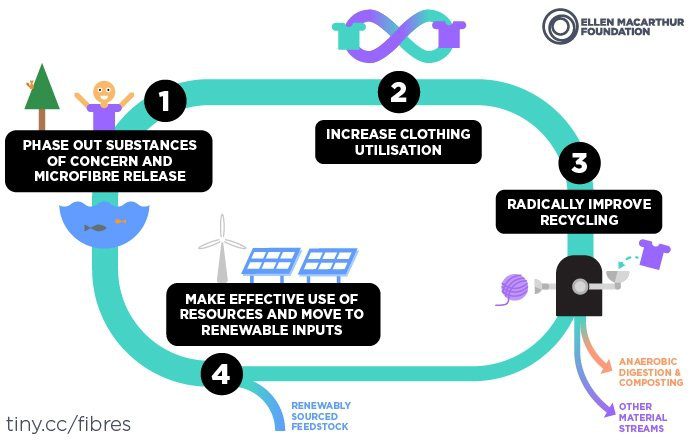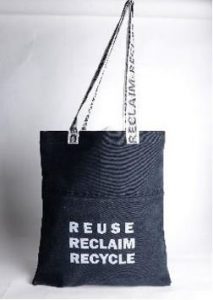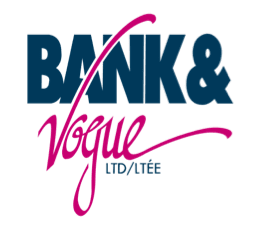The Impact of Human Resources in Salvage Recycling
One of the key factors for success in the salvage recycling industry is mastering the process of packaging the used goods and ensuring that all salvage categories are being packaged to sell. There are many benefits to loading the maximum weight on a trailer or container, including moving loads faster and at bigger profit. Also it reduces operations costs and storage space in the warehouse.
How do thrift stores achieve high weights? This is where training and human resources development play a key role.
Make direct contact with the employees or volunteers who actually fill up the gaylords or capsacks. Explain to them why higher weights mean more money for your non-profit and more units for the third world countries that receive the goods. Create a poster for the work area to remind them how important their job is!
A fluent coordination between the operations and the human resources management teams is key to bringing more revenue for the organization as well as creating more jobs.
The Circular Economy
Today our clothing collection system is linear. We TAKE. We MAKE. And we WASTE. It is believed that the global impact of the textile industry is the third largest source of pollution in the world. With less than 20% of clothing making it into the thrift / donation cycle there is definitely room for improvement.
The Circular Economy promotes a “Closed Loop” concept. NO WASTE. The focus is on Reuse, Remanufacturing and Recycling.


THRIFT is a key component of the Reuse market and growing in popularity around the world. Up-cycling or Remanufacturing “new” goods out of “old” goods is another way to reduce environmental impacts. For example, this bag was made out of a used pair of pants. And new technologies are evolving every day to improve recycling recovery rates and create new processes that transform used garments into brand new fabric.







